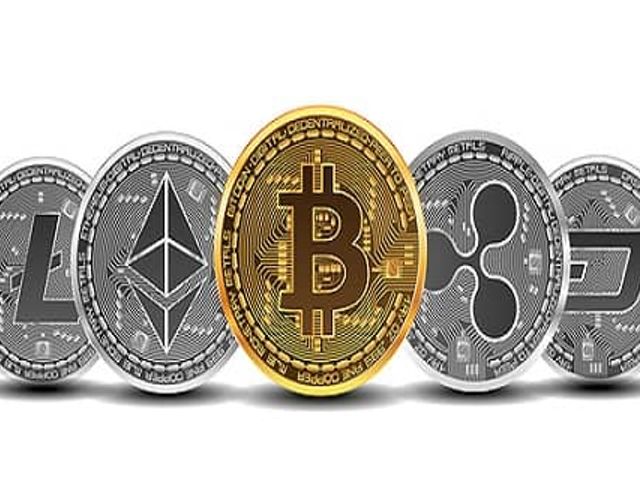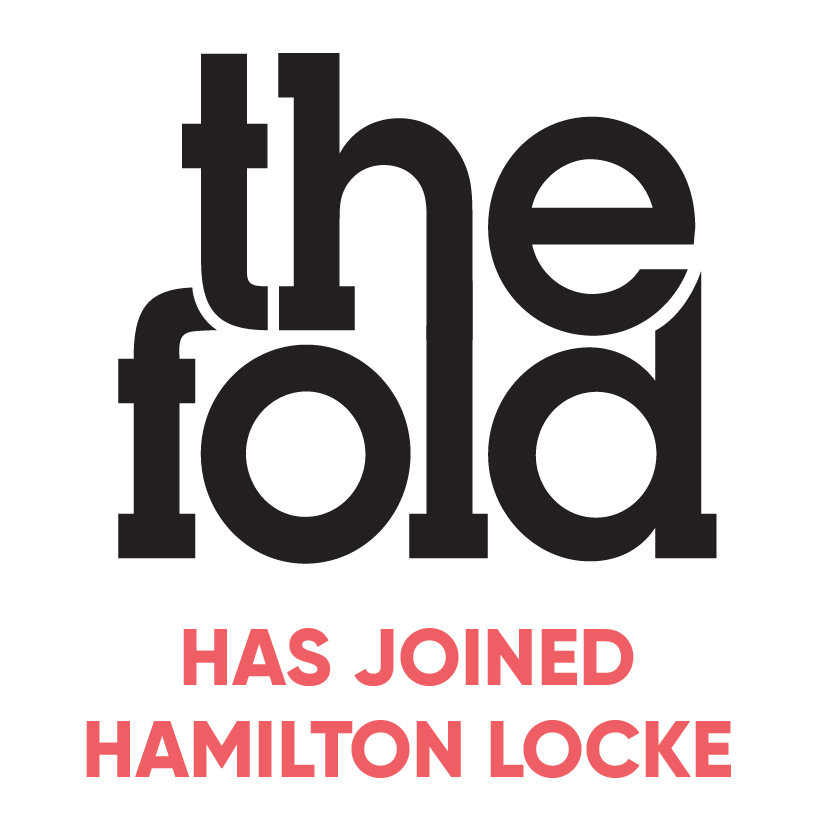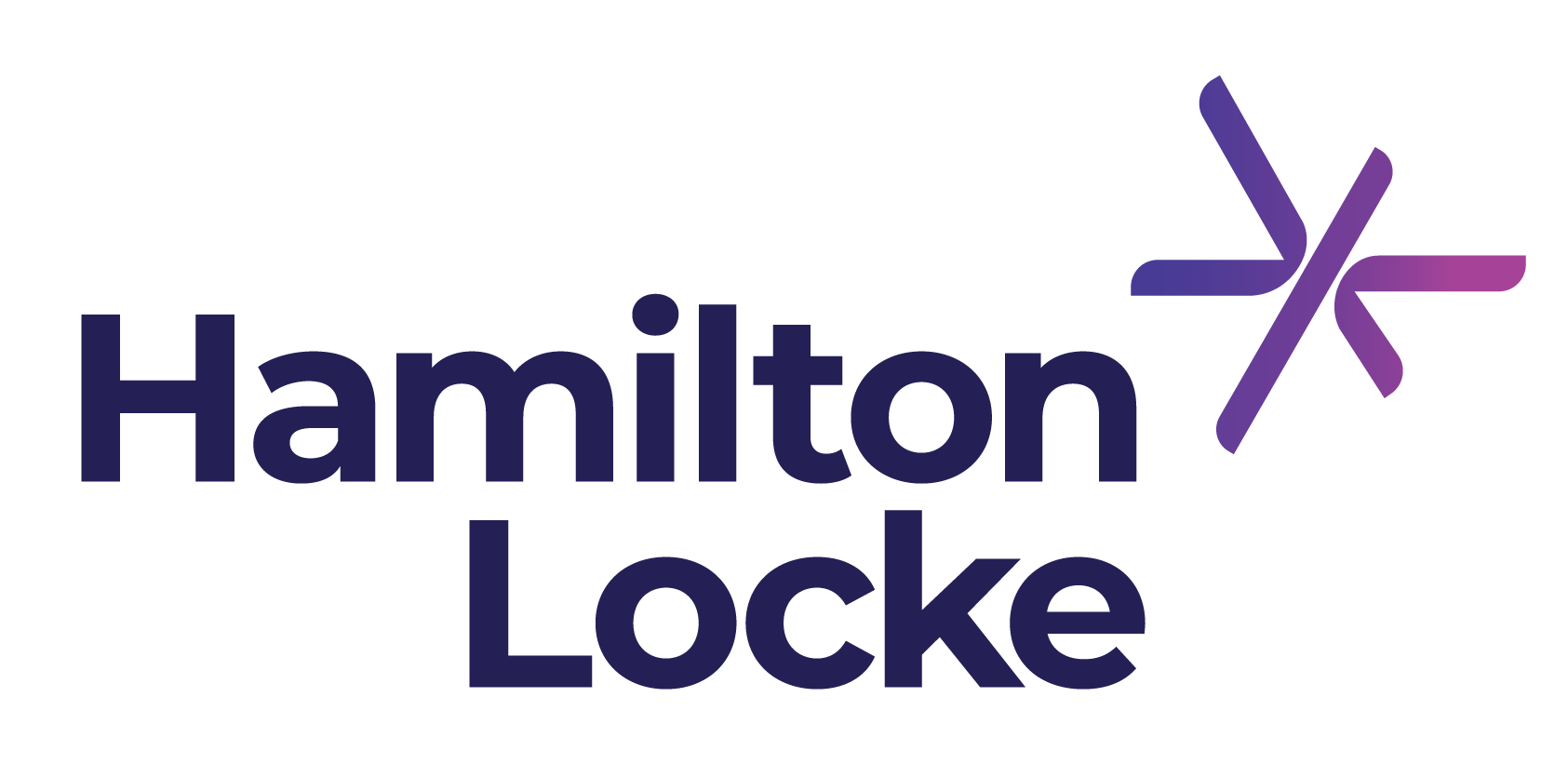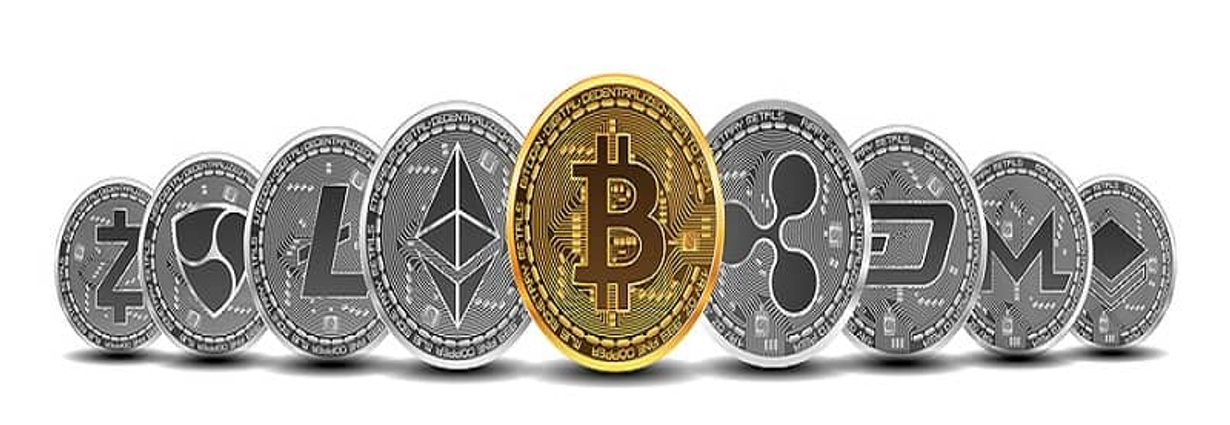DO YOU KNOW HOW YOUR CRYPTO TOKEN IS REGULATED?
Published on Aug 30, 2019

The rise of cryptocurrency has created new challenges for everyone from crypto token designers through to brokers and custodial service providers. The biggest issue is how to characterise a token and whether it’s a financial product.
While ASIC has issued some helpful guidance on what a crypto token is, it’s really only useful for someone who is designing their own token from scratch. For anyone involved in listing tokens or providing a liquid market for them like exchanges, brokers or custodial service providers, ASIC’s guidelines don’t necessarily help determine the character of a specific token already in existence or how it’s regulated.
Common financial products applicable to tokens
When looking at whether a token is a regulated financial or credit product, we often have to undergo complex regulatory analysis. This is because crypto tokens can run the full gamut of regulated financial products, but they’re typically one of the following:
- A payment system
- A derivative (of which there are multiple kinds, some are exempt and some are not)
- A debenture (only some of these are not regulated)
- A share
- A managed investment scheme
- An insurance product
- A consumer credit product
Although less common, a crypto token could also be:
- An interest in a superannuation fund
- A banking product
- A foreign exchange contract
- A purchased payment facility
- A miscellaneous risk facility
Each of these products are regulated in a particular way and have their own specific legal requirements. While you may describe a crypto token in one way, like a currency for example, under the law it may actually be something completely different.
Everyone in the chain needs to know what financial product they’re dealing with
Anyone who facilitates the liquidity of a crypto token needs to understand how the token is regulated. If your company is doing this for multiple tokens it can become a very expensive and time consuming exercise.
A self-assessment tool, like a flowchart can help you analyse what type of token you’re dealing with. This may break down each aspect of the token into its many components so you can self-assess rather than needing to get legal advice for every token. It can’t identify every token, but can help you easily identify simple, unregulated tokens, such as tokens which are solely a store of value.
Defining crypto tokens is a global issue
The issue of how to define a crypto token is not limited to Australia. With blockchain now facilitating the growth of these instruments across borders, there’s clearly a need for a consistent approach to global regulation.
The OECD has recently called for global regulators to work together to provide clarity and create a supervisory framework for initial coin offerings (ICOs). While the International Organisation of Securities Commission (IOSCO) has taken this on board, so far they seem to only be collecting a repository of the regulatory regimes in different countries.
What this does highlight is just how expensive it is for organisations who trade tokens across borders to meet each jurisdiction’s regulatory structure - just imagine multiplying the cost of navigating Australia’s complex regime in multiple countries.
This failure to find a global solution for the regulation of crypto tokens will hold up the development of this product. In the meantime though, we have to contend with the regulatory regime that we have.
So, if you’re thinking of creating a crypto token, or are involved in listing, trading or storing them, you’ll need to understand what type of financial product you’re dealing with and how that’s regulated. If you need help doing this or in creating a framework that will allow you to self-assess multiple tokens, get in touch. We’d be happy to help.
August 2019


